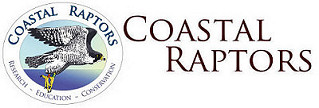Jack Delap is an Associate Professor at Cornish College of the Arts in Seattle where he teaches Scientific Illustration, Environmental Science and Sustainability, and The Art and Science of Taxidermy. Away from his classroom duties he’s a freelance illustrator for books, journal articles and more.
Jack holds a Bachelor of Arts in Fine Art/History from Pitzer College in California, a Master of Science in Fishery and Wildlife Biology from Colorado State University and a Ph.D. in Wildlife Science/Urban Ecology from the University of Washington.

I first met Jack in 1998 when he was a field assistant for Sean Finn who was studying Northern Goshawk nesting in western Washington forests for his master’s degree. At the time, I was a wildlife biologist for the timber company Rayonier and was an advisor to Sean’s research.
Jack expressed interest in joining me afield for coastal raptors surveys, which had been ongoing for several years. (For more on the raptor surveys and banding efforts on the coast, click here.) Jack participated in a number of surveys in 1998 and 1999.
Memorable Falcon Capture in 1998
During a survey with Jack in October of 1998 we captured and banded a first-year female Peregrine Falcon at Ocean Shores. Her flight feathers became saturated with water after she stepped into a puddle on the beach during the capture process. This, I knew from past experience, would compromise her flying ability.
These feathers, essential for flight, were dried over the vehilce dash where we used heat from the windshield defogger with the fan turned on high. (Note: This is a trick I learned from John Marzluff who, years later, would be Jack’s PhD advisor at the Univesity of Washington).
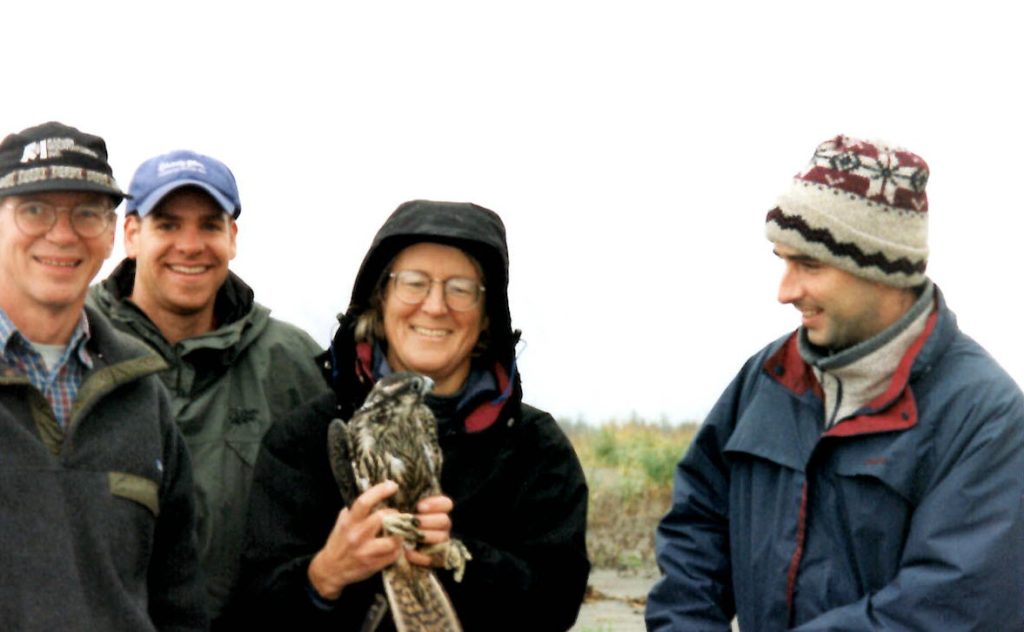
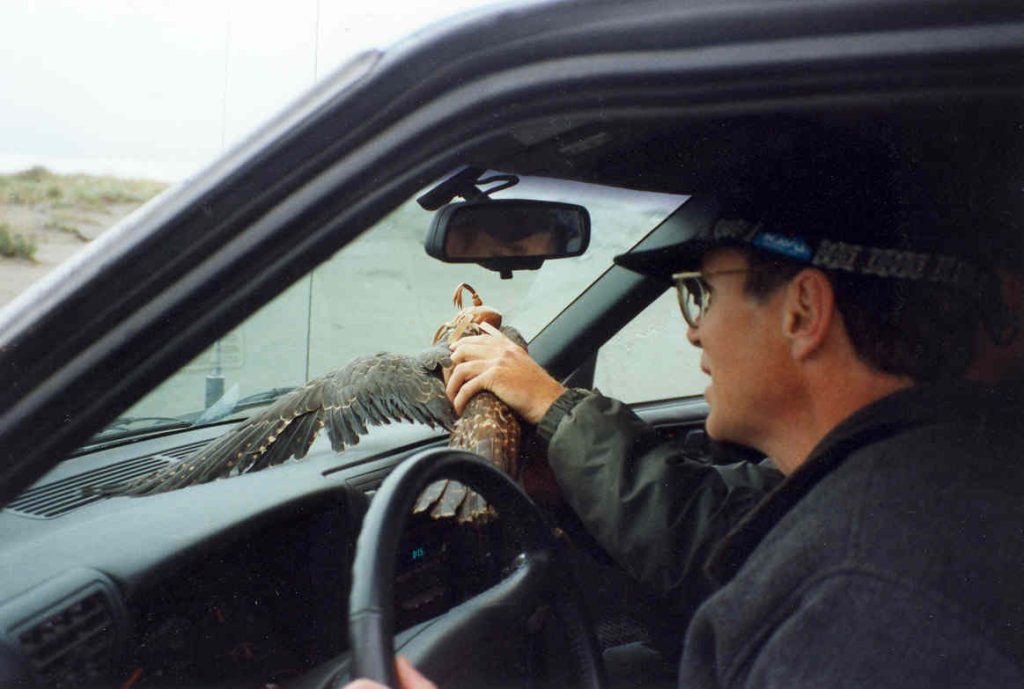
Jack with an adult peregrine ready for banding during an Ocean Shores survey, circa 1999.

Memorable Peregrine Falcon Inspires Memorable Art
During the time when Jack was joining us for surveys we captured and banded a first-year female peregrine that became a celebrity. Banded with visual identification band 4/D, she was for years the most easygoing, most approachable falcon we encountered along the survey route. Jack was among the many people that had the opportunity to see her up close.
Jack was inspired to illustrate 4/D, simply employing pencil on paper.

4/D wintered regularly on the coast at Ocean Shores. (Without the benefit of telemetry, her nesting grounds remained a mystery). She was re-sighted 70 times between 1997 and 2004 in fall, winter and spring.
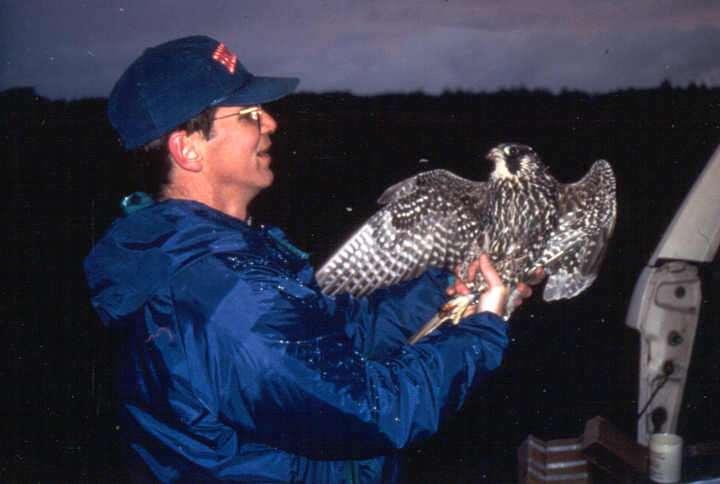
Tom Rowley photo.
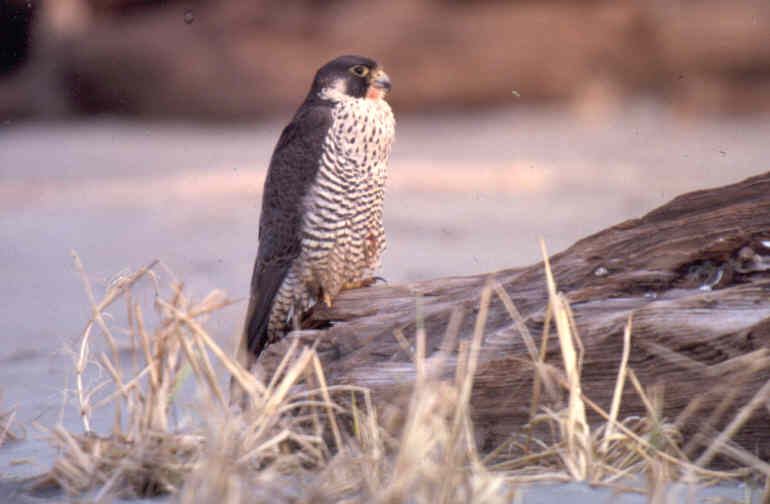
Creating the Coastal Raptors Logo
Jack went on to create the logo for Coastal Raptors in 2009, the year the non-profit was created.
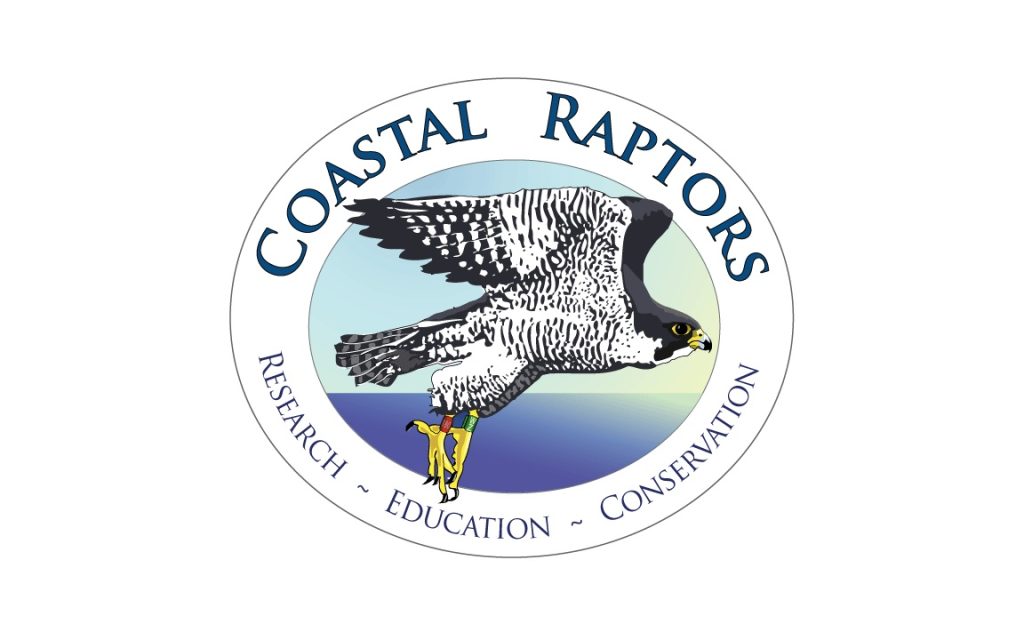
The Peregrine Falcon photo below became the centerpiece for the logo.

Creating a Logo for the Raptor Research Foundation
Jack and I worked with wildlife biologist Andre Botha to create a logo for the 2018 Raptor Research Foundation conference which was held in Kruger National Park, South Africa. I served as RRF Conference Committee Chair for the conference. Andre was the Local Committee Chair.
Andre works with African vultures, many of which are on the International Union for the Conservation of Nature’s Red List, there classified as endangered or critically endangered. Andre is an excellent photographer and regularly takes his camera into the field. With Jack as illustrator and Andre as photographer, the logo was a beauty!
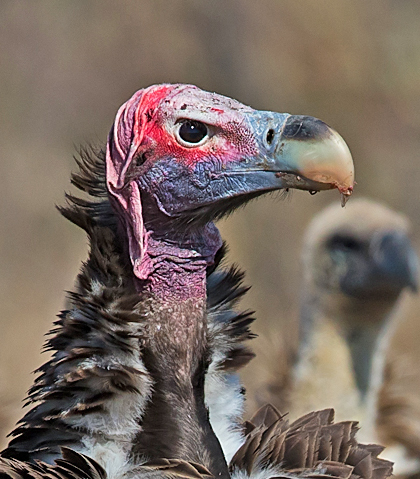
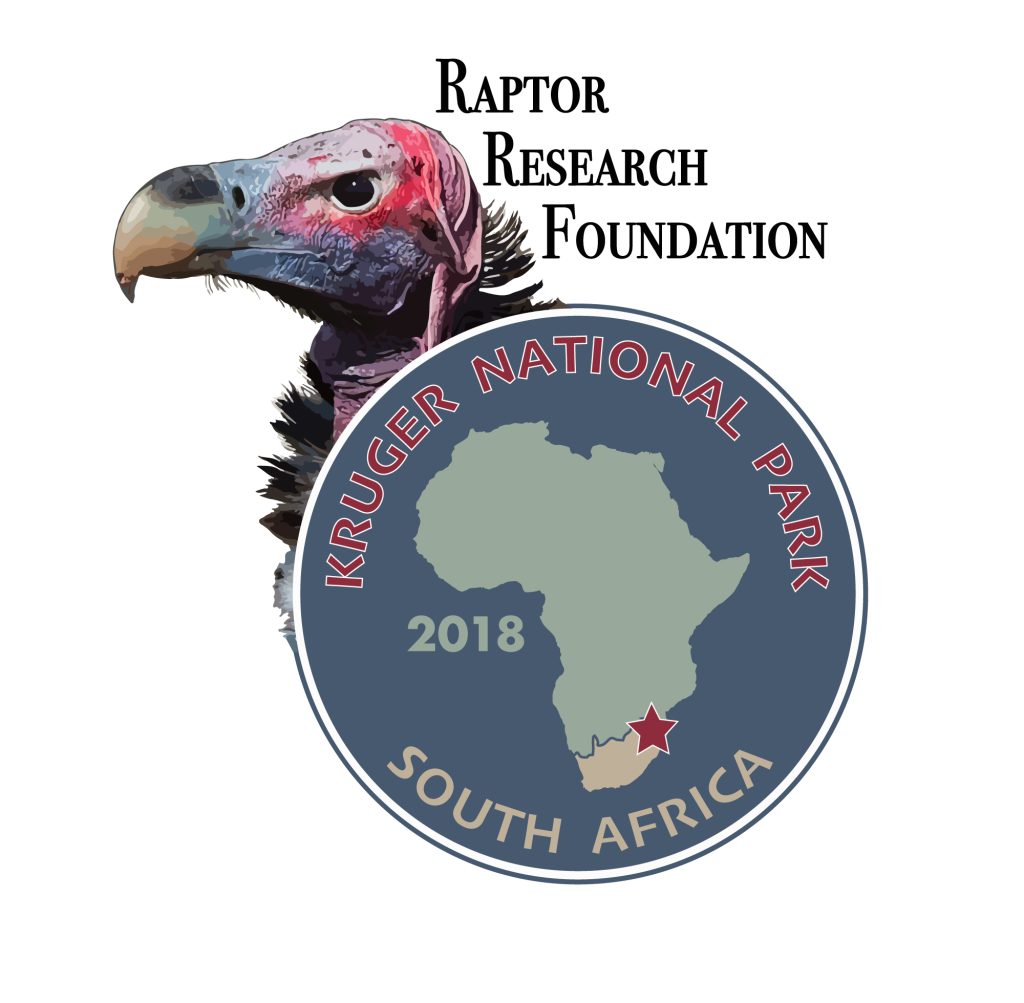
llustrating for Yellowstone’s Birds
Jack’s art appears in Yellowstone’s Birds, a book published by Princeton Press in 2023. Among his contributions therein is a Peregrine Falcon in flight.
The setting is Grand Canyon of the Yellowstone where, during the years of well documented population decline, the territory represented was the last one abandoned in Yellowstone National Park. With the recovery of peregrines across the U.S. and Canada, this territory like many, many others is now re-occupied.

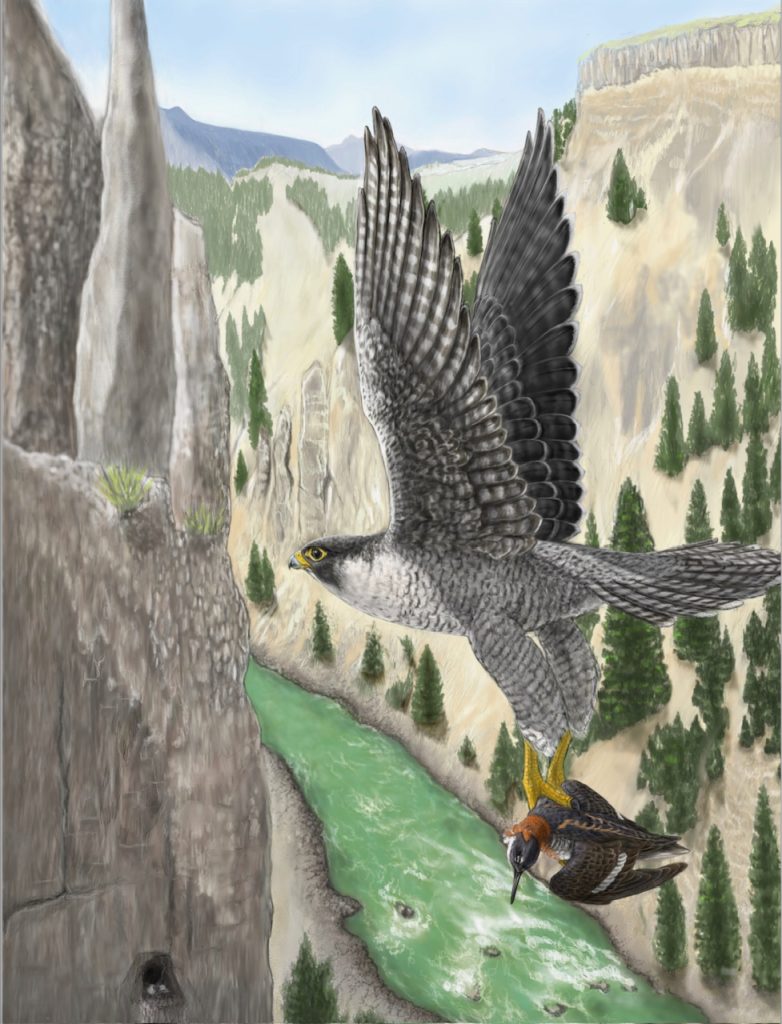
Illustration by Jack Delap
